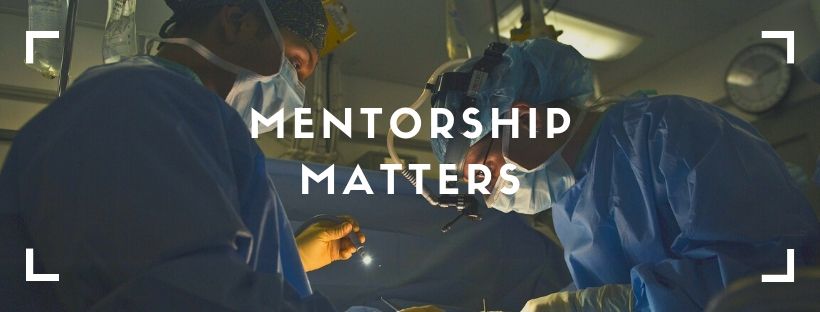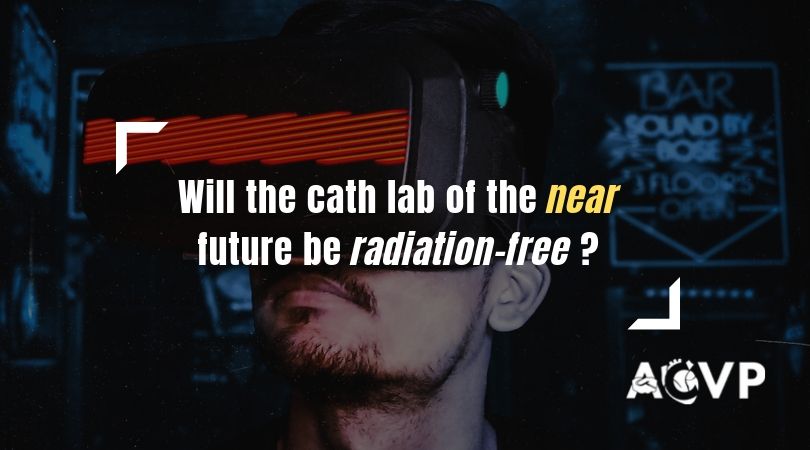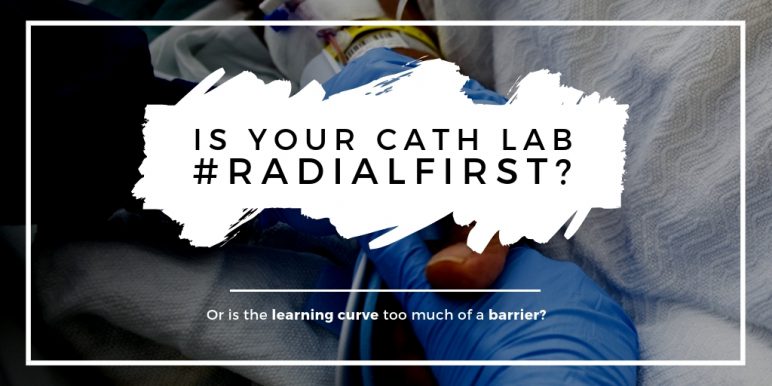Collaborative partnership and mentorship are practices woven through the development of modern medicine from antiquity to the present day. Diverse “lineages” dapple medical history, as scientists, innovators, and scholars have passed on their knowledge, discoveries, and the driving curiosity in which their pursuit of medical progress is grounded. Mentorships in cardiovascular services, for example, have launched innovations, developed personal excellence, and spread quality best practices.
In today’s environment, which is characterized by increasing specialization and a wide array of assisting clinicians and other professionals, the role of mentorships has never been more important or had more potential to shape the way healthcare is taught and delivered. But the amount of time and effort involved in developing and maintaining mentorships can be significant, and with the continued advancement and development of professional curricula, some may see the “above and beyond” nature of mentorships as burdensome.
Drawing on a few recent studies examining mentorship, testimonials from professionals who have participated in mentorship programs, and our own experience in the world of mentor-mentee relationships, this blog series seeks to answer some important questions about mentorships in cardiovascular services. Firstly, why are mentorships in cardiovascular services valuable? What are the benefits of mentorship to mentors and mentees?
Continue reading Benefits of Mentorships in Cardiovascular Services



